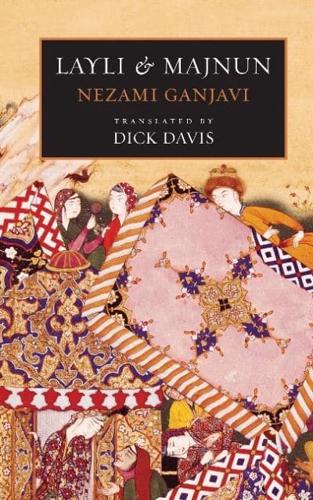Publisher's Synopsis
For its subtlety, inventiveness, and dramatic force, the verse of the twelfth-century Persian poet Nezami has been compared to that of Shakespeare, and in the same way that Shakespeares Romeo and Juliet has become the archetypal Western love story, so Nezamis Layli and Majnun occupies an equally uncontested place as the iconic love story of the Middle East. The works have many similarities besides their central status in their respective cultures: in both, the lovers are thwarted by their families opposition; in both, the heroines family chooses another husband for her; in both, the vehemence of the lovers emotion wreaks social havoc and leads to their deaths. But where Romeo and Juliets love is characterized by its precipitous speed, that of Layli and Majnun lasts a lifetime, and where Shakespeare gives us a blaze of incandescent adolescent passion, Nezami weaves a tale of prolonged absence, ascetic denial, and spiritual longing, as well as of mans paradoxical relationship with the wilderness as the place where the amenities of civilization are replaced by the souls solitary confrontation with its own essential needs and nature. Because of its emphasis on asceticism and absence, Nezamis masterpiece has often been interpreted as an allegory of Sufi aspiration, and much of the richness of his telling of the tale lies in the way that it blends the psychology of erotic longing with that of spiritual self-denial, so that the poem can be read simultaneously as a tale of tragically thwarted lovers and as a mystical renunciation of the physical world and of everyday human society.










